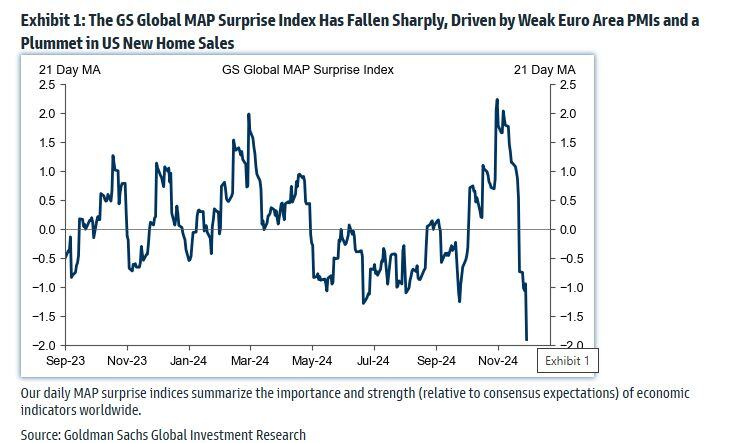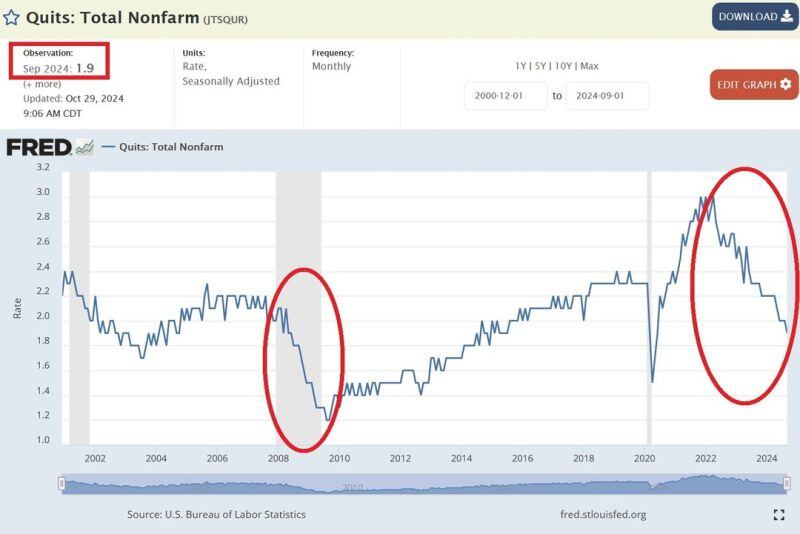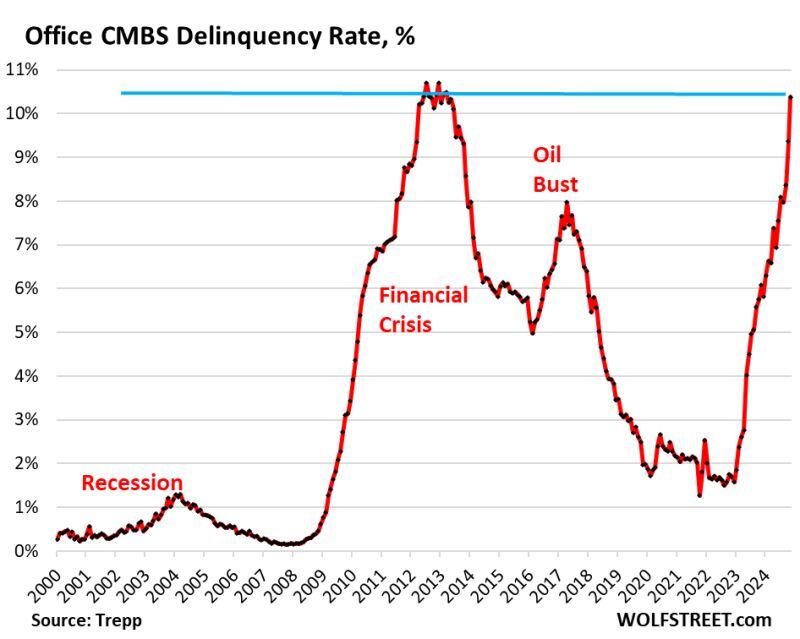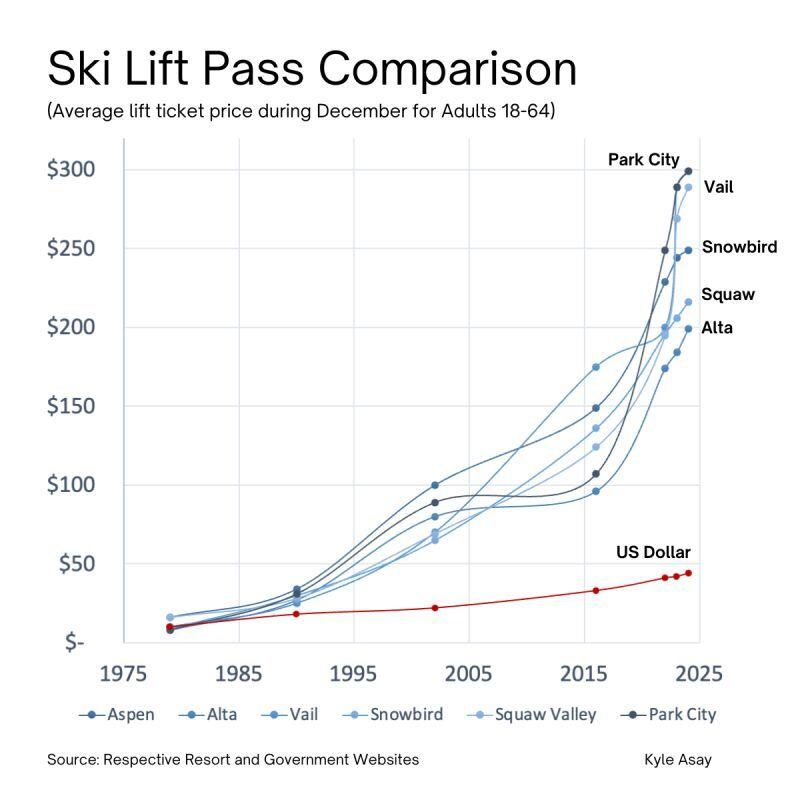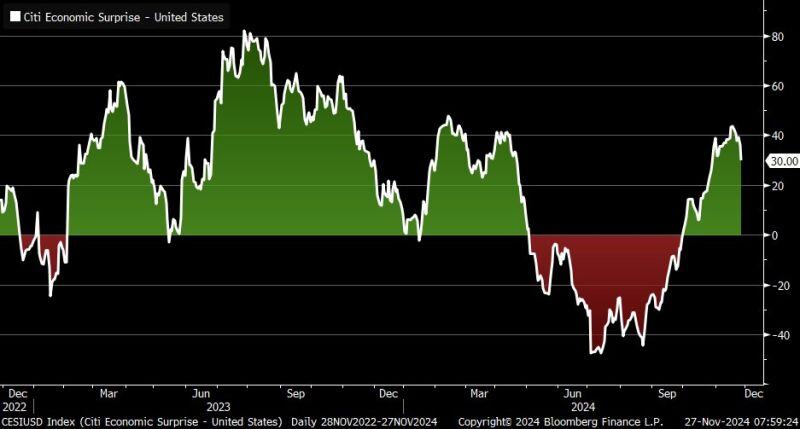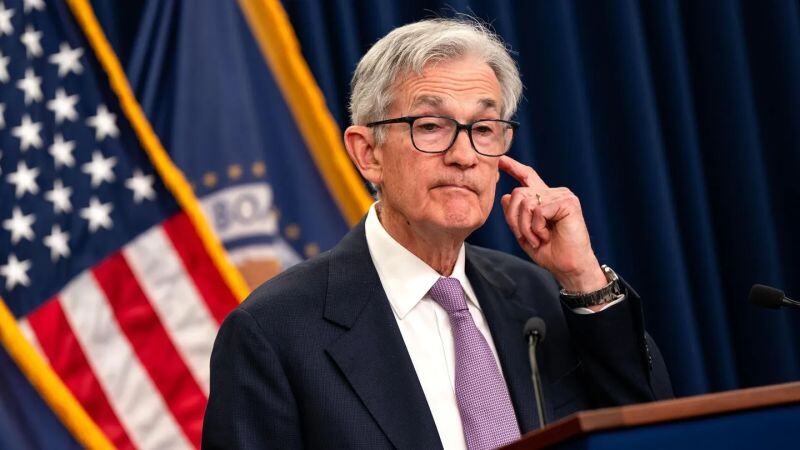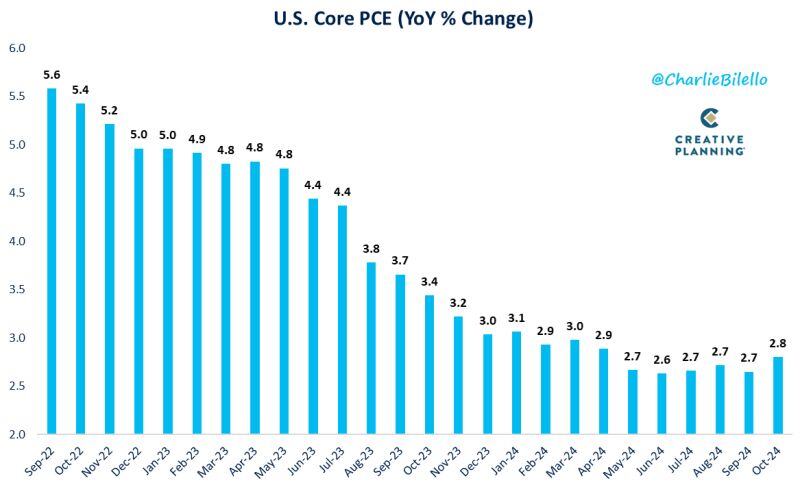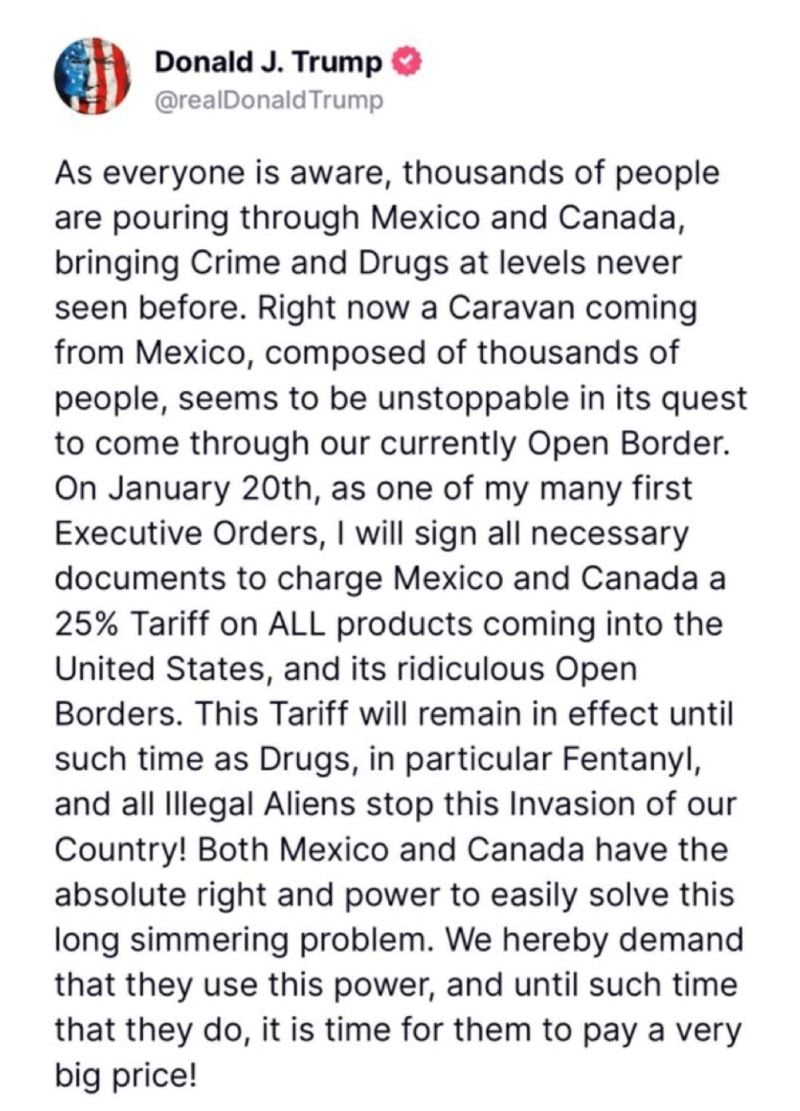Straight from the Desk
Syz the moment
Live feeds, charts, breaking stories, all day long.
- All
- us
- macro
- equities
- Food for Thoughts
- sp500
- Central banks
- Bonds
- markets
- bitcoin
- Asia
- technical analysis
- investing
- europe
- Crypto
- geopolitics
- tech
- performance
- gold
- Commodities
- AI
- nvidia
- ETF
- earnings
- Forex
- Real Estate
- oil
- banking
- magnificent-7
- Volatility
- nasdaq
- apple
- emerging-markets
- energy
- china
- Alternatives
- switzerland
- tesla
- trading
- sentiment
- russia
- Money Market
- assetmanagement
- UK
- ESG
- Middle East
- microsoft
- amazon
- ethereum
- meta
- bankruptcy
- Turkey
- Healthcare
- Industrial-production
- Global Markets Outlook
- africa
- brics
- Market Outlook
- Asset Allocation Insights
- Flash
- Focus
GS: Chart of the Week
Global MAP (economic) Surprise Index Has Fallen Sharply, Driven by Weak Euro Area PMIs and a Plummet in US New Home Sales Source: Mike Zaccardi, CFA, CMT @MikeZaccardi, GS
⚠️US QUITS RATE IS FALLING QUICKLY⚠️
The quits rate, the % of workers voluntarily exiting their jobs fell to 1.9% in September, the lowest since June 2020. Americans are increasingly depending on their current jobs as the hiring pace has declined. Data for October is due today. Source: Global Markets Investor
Office CMBS Delinquency Rate Spikes to 10.4%, Just Below Worst of Financial Crisis Meltdown. Fastest 2-Year Spike Ever.
Office-to-residential conversions are growing, but are minuscule because not many towers are suitable for conversion. Source: www,wolfstreet.com, Wolf Richter
Citi U.S. Economic Surprise Index is starting to roll over again
Source: Bloomberg
US Fed officials see interest rate cuts ahead, but only ‘gradually,’ meeting minutes show - CNBC
Federal Reserve officials expressed confidence that inflation is easing and the labor market is strong, allowing for further interest rate cuts albeit at a gradual pace, according to minutes from the November meeting released Tuesday. The meeting summary contained multiple statements indicating that officials are comfortable with the pace of inflation, even though by most measures it remains above the Fed’s 2% goal. With that in mind, and with conviction that the jobs picture is still fairly solid, Federal Open Market Committee members indicated that further rate cuts likely will happen, though they did not specify when and to what degree.
BREAKING: October PCE inflation, the Fed's preferred inflation measure, RISES to 2.3%, in-line with expectations of 2.3%.
Core PCE inflation RISES, to 2.8%, in-line with expectations of 2.8%. The Fed's preferred measure of inflation hit its highest reading since April. Core CPI, PPI, and PCE are all back on the rise. Source: Charlie Bilello
Donald Trump has said he would impose tariffs of 25 per cent on all US imports from Canada and Mexico on his first day in office (and an extra 10 per cent tariff on Chinese goods).
In social media posts, Trump accused the countries of permitting illegal immigration and drug trafficking. Trump said the new China tariffs would come on top of existing levies. He had also threatened on the campaign trial to impose “whatever tariffs are required” to stop Chinese cars from crossing into the US from Mexico. FT >>> The tariffs on the US’s three largest trading partners would increase costs and disrupt business, one expert said, adding that “even the threat of tariffs can have a chilling effect”. A former US trade official agreed the disruption would be significant, especially given the degree of integration in North American manufacturing across sectors such as the automotive industry. He added that “tariffs are inflationary and will drive up prices”.
Investing with intelligence
Our latest research, commentary and market outlooks


